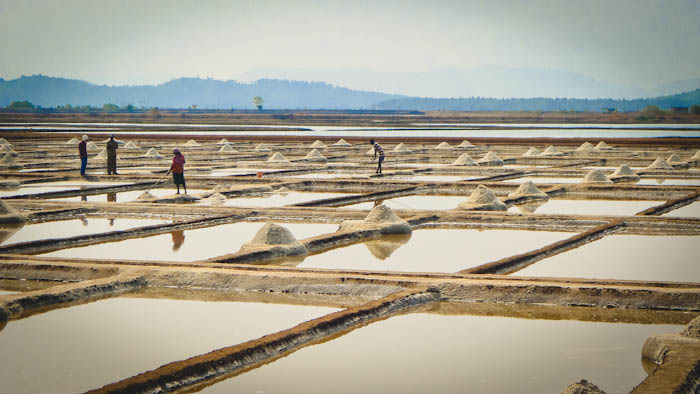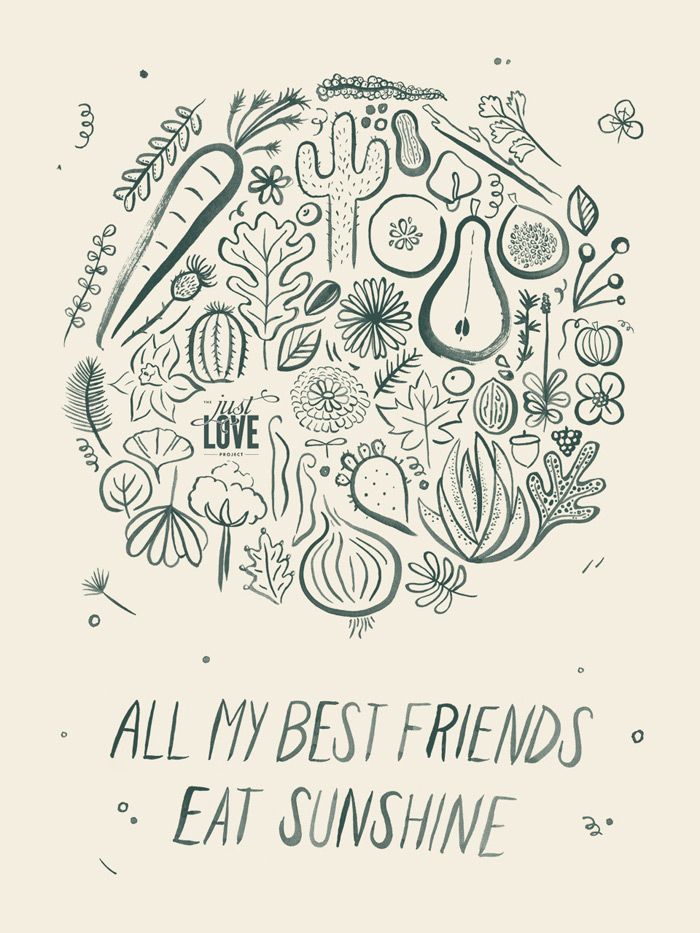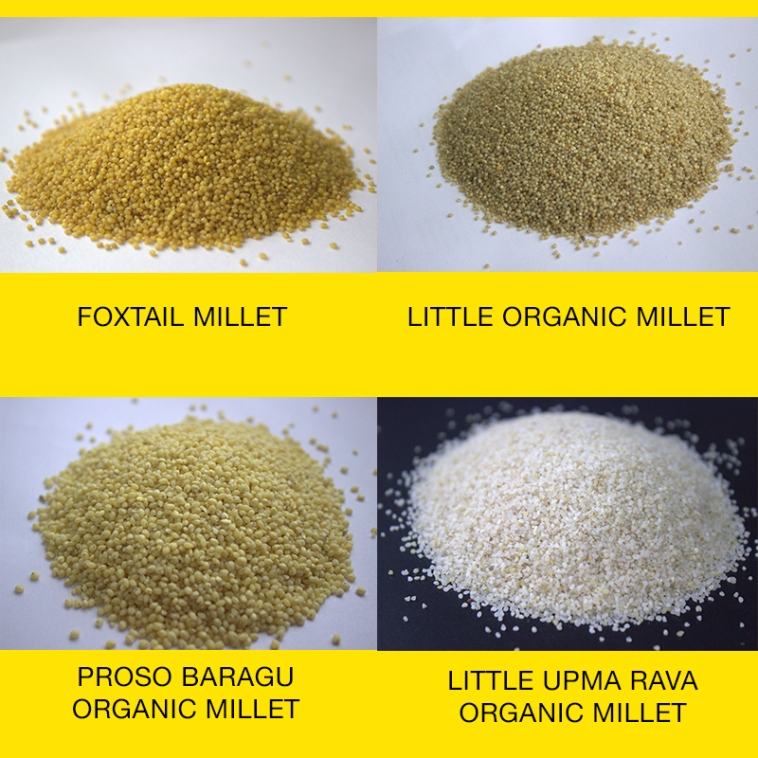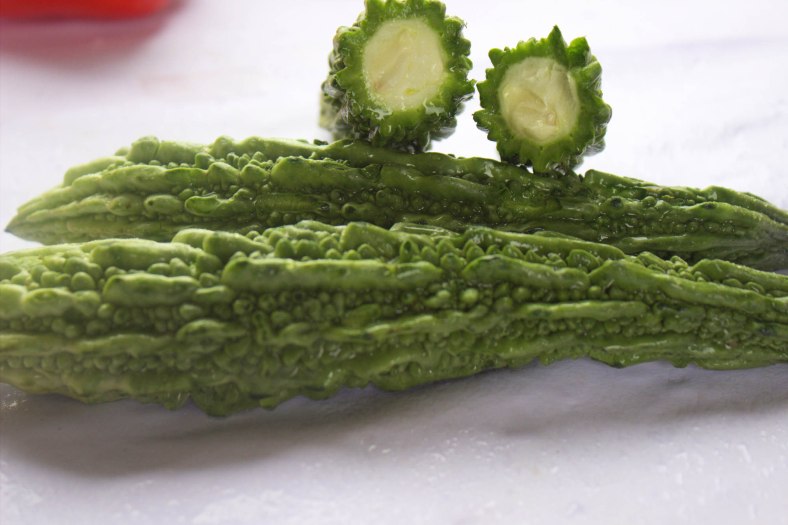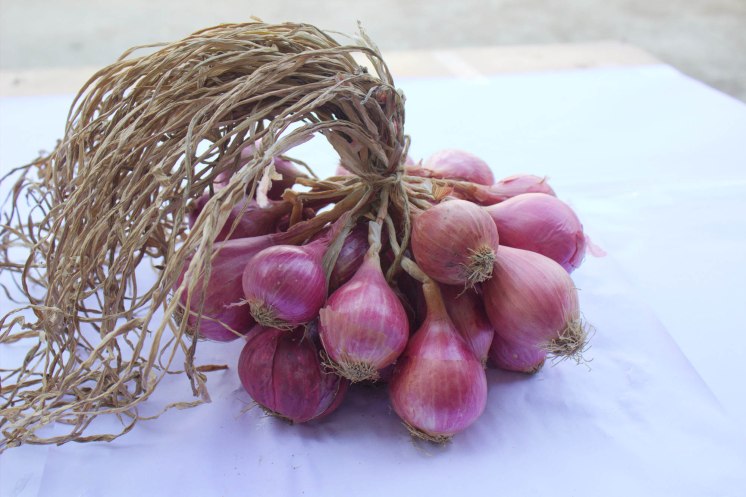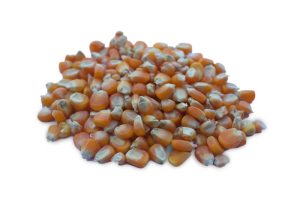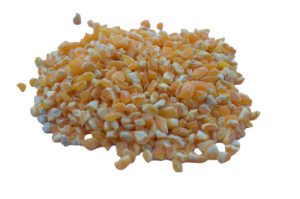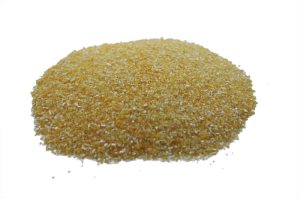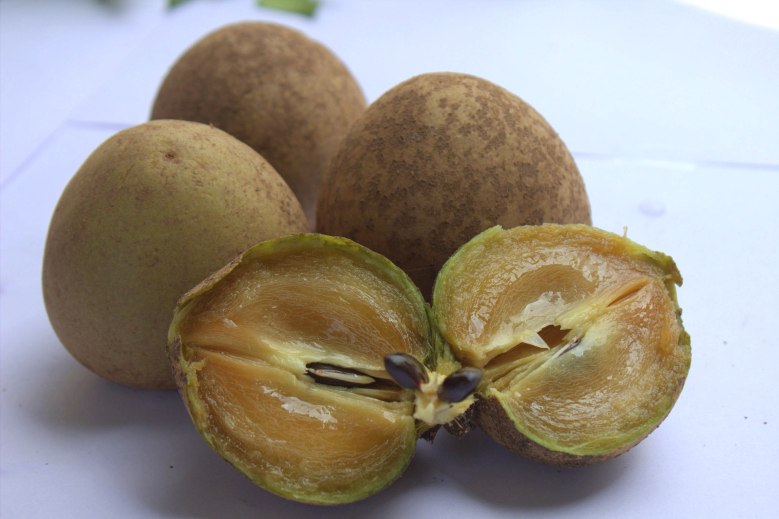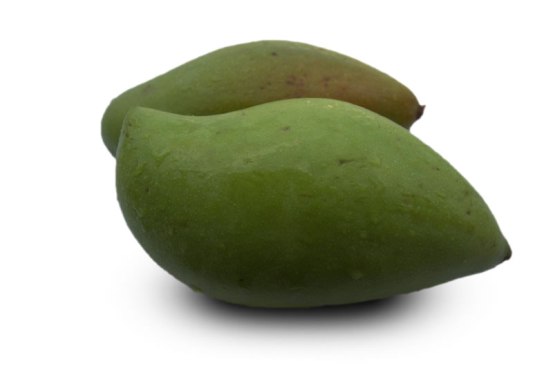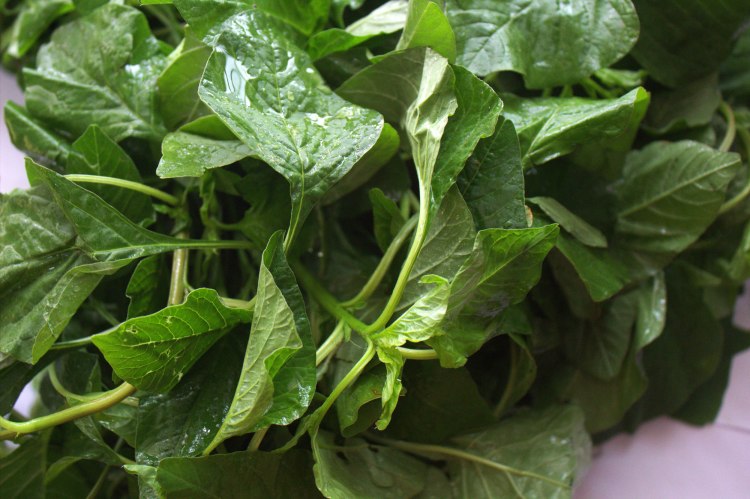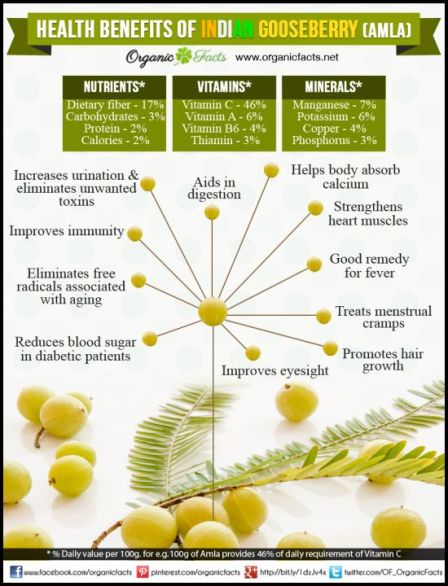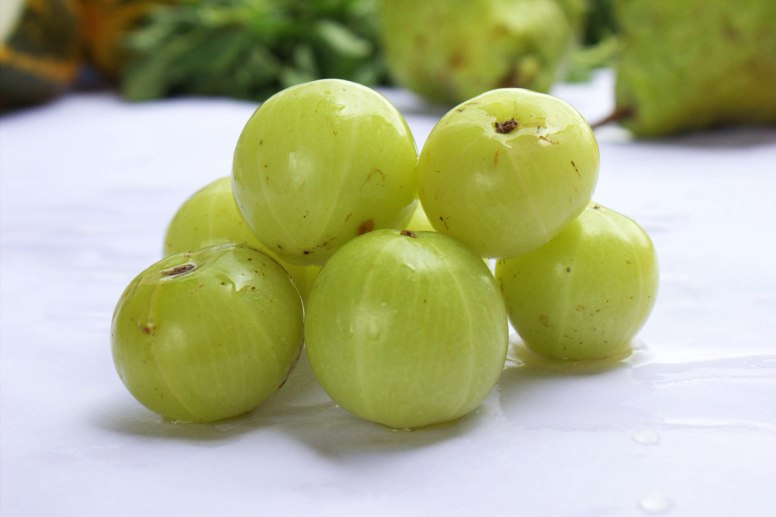Sanikatta is a small town on the way to Gokarna, only a few square kilometres in extent. It is also the oldest salt-manufacturing village in the state of Karnataka. Beginning in 1720, Sanikatta has been manufacturing salt for nearly 300 years.
In 1952, the region’s nearly 60 individual salt manufacturers, both big and small, joined hands to form a co-operative society. After the formation of the society, the salt-processing unit has expanded to around 400 acres and is now one of the biggest such units in India. We spoke to Arun Nadkarni, chairman of the Nagarabail Salt Owners Co-operative Society, about the secret to 63 years of success and what makes Sanikatta salt (also called Gokarna salt) so special:
Tell us briefly how Gokarna salt is extracted.
Sanikatta salt is a natural salt extracted from the water that flows into the Aghanashini basin, which is huge, around 1000 sq km in area. The water is taken from the basin and stored in a large reservoir, where it’s allowed to evaporate naturally and increase in density. Around the last week of September, the water is charged to our condensers (when it has reached around 4 degrees of density), where it flows from condenser to condenser, further increasing in density along the way. When it reaches the final condenser, it has achieved around 20-24 degrees of density. The final step is crystallization, where the density is again increased and real crystals are formed and harvested by local experts. This takes a lot of skill, and one could call these workers artisans.
Ideally, the salt that we consume should have around 27-30 degrees of density. Below 27, you have salts like gypsum which, if consumed, can form kidney stones in the body. Above 31 degrees, you have salts like calcium, magnesium and mercury, which don’t pass naturally out of the body, instead getting deposited in the kidney, liver and spleen. When you consume natural crystal salt, like the Sanikatta salt, the required amount is absorbed by the body and the excess is passed out naturally in urine. It’s not like processed salt.
How is natural salt different from the processed variety?
Normally refined commercial table salt is quite toxic, it lacks the nutrients contained in natural salt. Take how salt is made in Kutch and other such places, the sea water is directly charged to the condensers and allowed to dry. For months they charge the condensers and a huge amount of salt is produced. Then it’s broken down by a machine and put in a crusher. The density achieved is anywhere between 0 and 45 degrees, which means the product contains unwanted salts like calcium, gypsum and mercury. This is then washed, reprocessed and bleached, and this is where the toxicity comes in. It contains chemicals that don’t get dissolved in the body or passed out naturally. Instead they get accumulated in the kidney and liver and spleen, which can of course have harmful effects on health.
We all need sodium to live and function, but our bodies cannot recognize it properly in refined salt. Digestion and metabolism become imbalanced. On the other hand, our blood salt content closely resembles sea water salt content. Natural salt has been consumed by humans for centuries. It also tastes better, so you don’t need to add that much to make your food taste good.
Now let me explain to you why Sanikatta salt tastes so unique. During the course of the year, thousands of tonnes of leaves, stems, plants and roots that fall into the Aghanashini river flow into and get accumulated in the basin. The natural ingredients of these medicinal plants decompose and get dissolved in the water. On top of that, our location is such that we get heavy rainfall every year, more than 100 inches on average, and this water percolates into the condensers during the monsoon months, adding small amounts of bromine, iodine and chlorine into the water. The combination of all this leads to the characteristic flavour of our natural salt, and if you taste processed salt and our salt side by side, you can clearly tell the difference.
We would love to know more about how the society is run.
We produce between 12 and 30,000 tonnes of salt a year, which is collected and transported to a godown where it is cleaned using natural methods and sent to market. We don’t spend a single rupee on publicity or advertisement, but we still have a full market for all the salt we produce. People come to us, especially from ayurvedic centres, yoga institutes, and pranic healing centres. Before going for pranic healing, it is recommended to take a natural salt water bath, which is said to remove unwanted impurities from the body.
The raw materials are all natural so they don’t cost us – we use nature’s water and solar energy. All we have to do is take care of the flow of the water, control it properly, harvest it, collect it and supply it to the market. We don’t work with agents, and use our own lorries to directly deliver to the shops, which is why we are able to keep our costs low, and are still able to generate Rs. 40,000 per acre as profit for our members. This area is all basically salt marshes, and if it were used for agricultural purposes it wouldn’t generate more than Rs. 2000 profit per acre per year. In spite of inflation, we have not increased our prices, because we know this salt has been used for generations by the poorest of the poor.
We have 300 labourers, all of whom are taken care of very well. They are paid a steady salary throughout the entire year, despite not working for four months during the monsoons. They are all covered by insurance, and their children get books, cycles, scholarships, and medical aid free of cost. Twice in a year, we all cook a meal flavoured with Sanikatta salt and sit and eat it together. There are hundreds of salt producers in south India, but our society is one of a kind. It’s a community.
Note: Switching to sea salt is beneficial for your overall health. Studies show that your cravings for salt may be cravings of salts of minerals other than sodium due to mineral deficiencies in your body. You may find that natural salt satisfies your taste buds better than regular salt. This combination of nutrients in food and better taste has a compound effect in lowering your blood pressure naturally, however not because it contains less sodium or more potassium. It’s because it can help you stick to a lower sodium diet and replenish essential trace minerals lacking in your diet.
Gokarna salt is available at Town Essentials.


